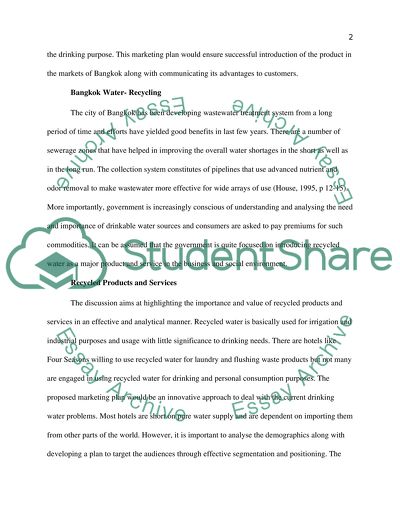Cite this document
(“Recyclable Drinking Water Essay Example | Topics and Well Written Essays - 3250 words”, n.d.)
Retrieved de https://studentshare.org/marketing/1392412-recyclable-drinking-water
Retrieved de https://studentshare.org/marketing/1392412-recyclable-drinking-water
(Recyclable Drinking Water Essay Example | Topics and Well Written Essays - 3250 Words)
https://studentshare.org/marketing/1392412-recyclable-drinking-water.
https://studentshare.org/marketing/1392412-recyclable-drinking-water.
“Recyclable Drinking Water Essay Example | Topics and Well Written Essays - 3250 Words”, n.d. https://studentshare.org/marketing/1392412-recyclable-drinking-water.


